Today, I spent several hours making only a few, very accurate cuts... I had the gumption to get going on building up a multi-use 6BR from a Remington 700 stripped receiver and components that were collecting dust. I actually forgot I had that action, it got lost in the safe for a very long time. I decided not to use the receiver fixture I ginned up way back, because the Bison makes it obsolete. Since it gets Cerakote anyway, the nearly invisible marks left from the jaws will be blasted away in the abrasive cabinet. The truing fixture works well, I used ARP 5/16 NEF rolled thread fasteners so it's robust. But it's a fiddly setup, and there are not a lot of places to pick up the number of arc sector points needed to have confidence in centering. Remington's bolt lug broaches hog trenches in the receiver walls ahead of the bolt lugs, and the front action screw is in the middle a critical arc. Then the threads start and there's no indicating off that. They're just tricky that way, so adding 8 spider screws to the mix had me feeling less motivated.
Pic break! Ye olde receiver fixture.
View attachment 460604
I haven't done a rifle yet on the Nardini. I can can get away with different approaches like this now with the more solid lathe. My most wee 4-jaw is the 8", which is pretty stout, so I decided to run it. The fine adjustment is heavenly, you can divide thousandths with ease. Bison's jaws are lab-grade when it comes to perpendicularity, KISS by eliminating the second alignment plane of the receiver fixture. After dialing center to the bolt raceway and proving it perpendicular to the spindle, I aligned the reamer and verified center using a pin gauge to a snug slip fit around the receiver face. This is a new Cleveland 23/32" MT2 x very very long helical reamer. The receiver is interrupted with a dozen subtracted features that tend to run lengthwise, so helical is the only way to do this. The bore was .7050 before, and the reamer is .7188. Surface area of the bore is really small, 1.5 sq inches, maybe. Run at 96 RPM, flooded with MobilMet 426. Went quiet and smooth.
View attachment 460608
Second is to face the receiver. Measured using a few redundant techniques, this one is out by about five tenths. Bumping up to 260 RPM, and using razor sharp Mo-Max, I peeled two passes at 0.0005 each, making a single pea-sized ball of 0000 fine steel wool for a chip.
View attachment 460607
The third step is facing the lugs, ideally by the same depth as the receiver was faced. While I am at it, I remove a tiny bit of material in front of the lugs, opening the corner a little bit, and cut all the way back to the threads, taking about .005 off this little spot on the inside. Why? Now I have a perfect, concentric, easy spot to indicate this receiver from, unlike the chitty surface Remington leaves. Brazed carbide (Sheckel ground) boring bar, 480 rpm. So my two passes of .0005 from the face are repeated on the lug faces, the surface is beautiful, everything's square.
View attachment 460606View attachment 460603
Last step is to measure up and order the bolt. I get ground bolt bodies from PTG with extractor cuts as a time saver. I use the Remington bolt handle, grind the ball down, file it nice and round and thread the stub (choosing swept or straight

), then time the action and hard solder it to the new bolt. Then lap it to the action and polish the cams. They come out nice this way.
View attachment 460605
So that's how I spent my day off. Lots of measuring and setting up. I'm happy with the results, good day in the shop.
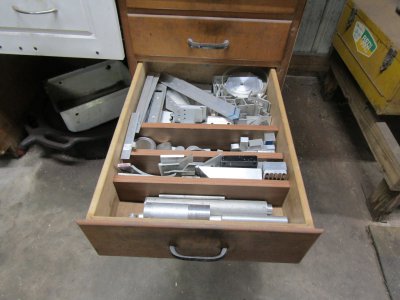
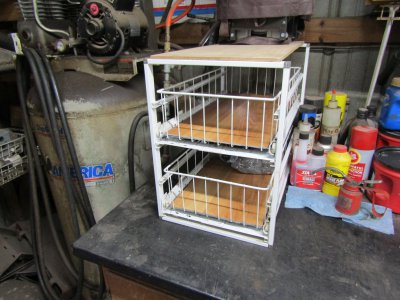
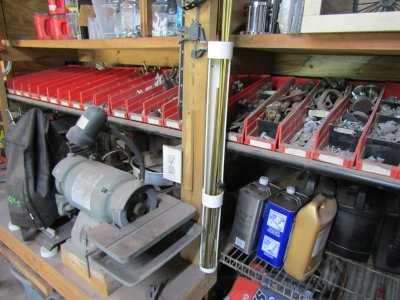
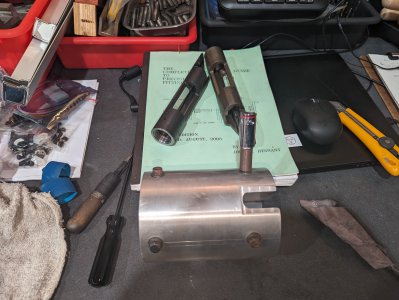
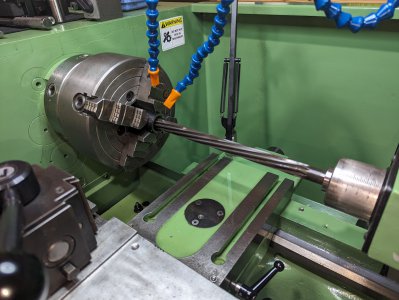
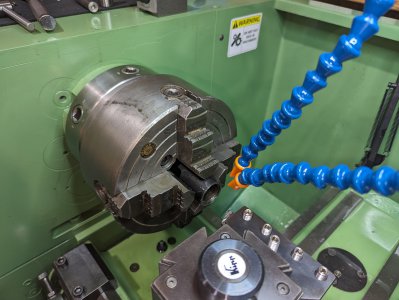
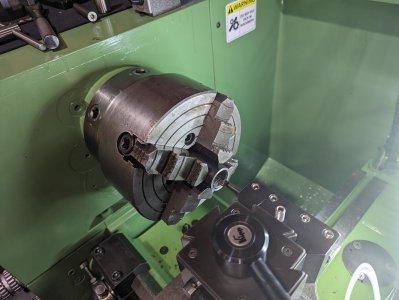
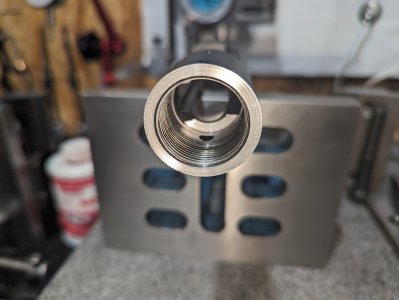
 ), then time the action and hard solder it to the new bolt. Then lap it to the action and polish the cams. They come out nice this way.
), then time the action and hard solder it to the new bolt. Then lap it to the action and polish the cams. They come out nice this way.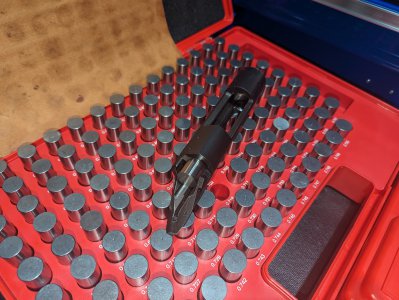
), then time the action and hard solder it to the new bolt. Then lap it to the action and polish the cams. They come out nice this way.
